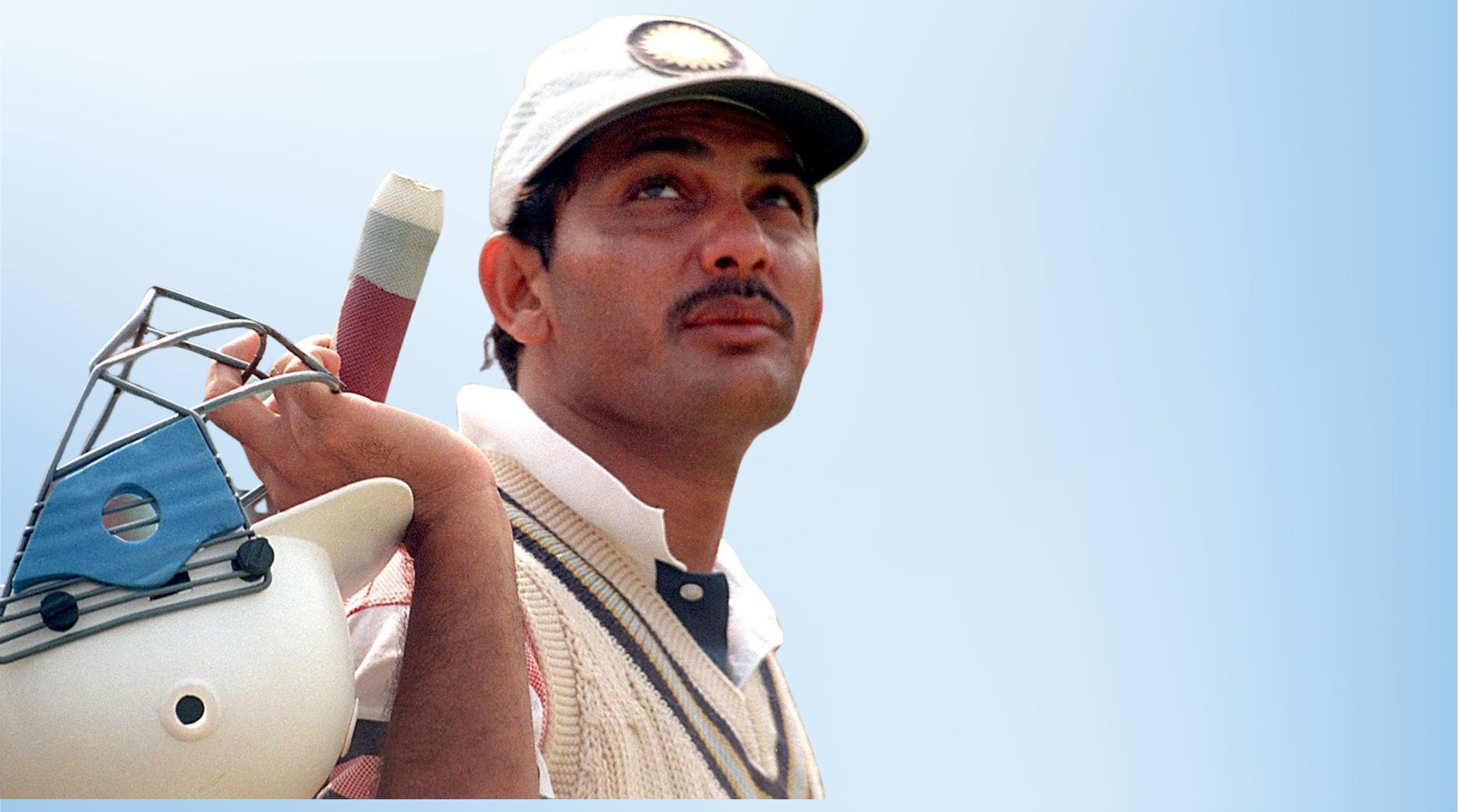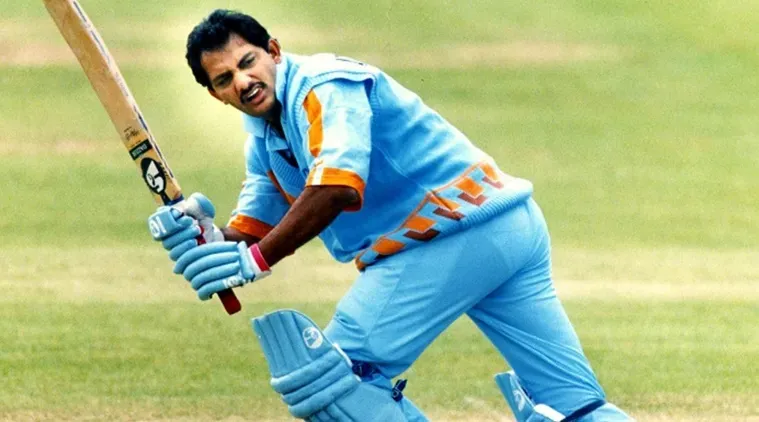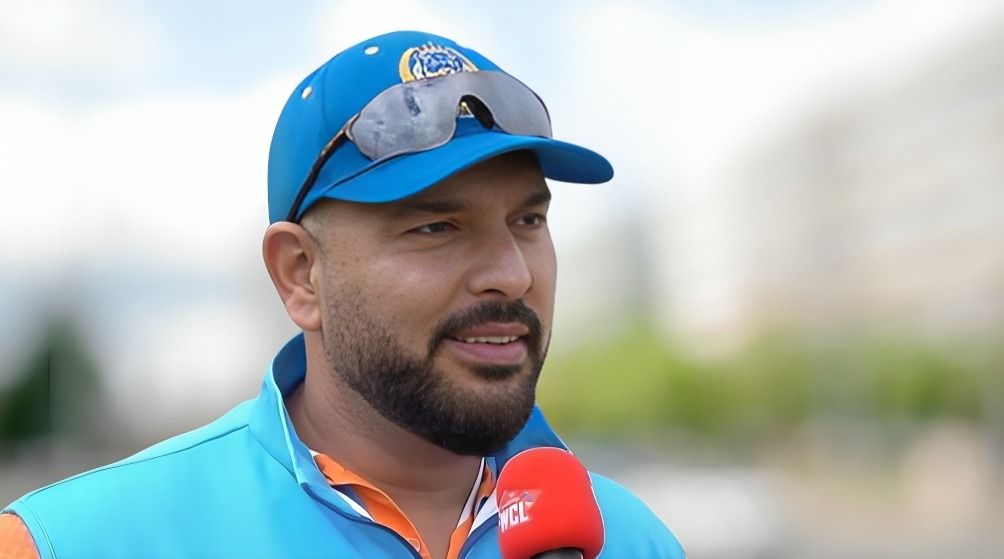
“
Mohammad Azharuddin, once a celebrated figure in Indian cricket, witnessed a dramatic fall from grace that shocked fans worldwide. Azhar's career was abruptly halted when he was implicated in a match-fixing scandal in the early 2000s. In this blog, we delve into 15 key facts about Mohammad Azharuddin's ban and the fall of this cricketing icon, exploring the events that led to his ban, the impact on his career, and his subsequent return to the public eye. 1
1
”

Mohammad Azharuddin, born on 8 February 1963, is an Indian politician and former cricketer who captained the Indian national team. A right-handed middle-order batter, he occasionally bowled medium fast.
Azharuddin played 99 Test matches and 334 One Day Internationals for India, captaining the team to victories in the 1990-91 and 1995 Asia Cups and reaching the 1996 Cricket World Cup semi-finals. He is regarded as one of the finest ODI batsmen in history. 1
Mohammad Azharuddin faced a significant downfall in 2000 when he was banned for life due to match-fixing allegations. The scandal erupted after a lengthy investigation by the Central Bureau of Investigation.2
The allegations against Azharuddin were part of a larger match-fixing scandal that shook the cricketing world, leading to a wave of scrutiny on players' conduct. Azhar's ban was particularly shocking for fans and the cricketing community. 3
The CBI’s investigation implicated several players and officials, highlighting a culture of bribery and manipulation within the sport. Azharuddin's role was pivotal, as he allegedly influenced the outcomes of specific matches for financial gain. 4

In 2000, the Board of Control for Cricket in India (BCCI) conducted its inquiry, corroborating the CBI findings, leading to Azhar's ban announcement. His ban was controversial and the standards of proof required for such severe penalties.
In 2009, Azharuddin joined the Indian National Congress and was elected as a Member of Parliament for Moradabad. In 2018, he was appointed President of the Telangana Pradesh Congress Committee. 5
Azharuddin maintained his innocence throughout the investigation and subsequent legal battles despite the ban. He argued that the evidence against him was circumstantial and based on testimonies from unreliable sources. 6
In 2012, after over a decade of fighting the ban, Azhar was finally cleared by the Andhra Pradesh High Court. However, his reputation had been damaged, and he struggled to regain his former stature in the cricketing world. 7
During his career, Azharuddin was known for his elegant batting style and remarkable captaincy skills, leading India to numerous memorable victories. He was the first Indian to score centuries in three consecutive One Day Internationals. 8
His fall from grace highlighted the vulnerability of sports figures to corruption and the pressures of the competitive environment in cricket. The incident also prompted the BCCI and international bodies to implement stricter regulations. 9
The match-fixing scandal had a ripple effect, leading to changes in how cricket is governed and monitored globally. Following Azhar's case, the International Cricket Council (ICC) established the Anti-Corruption Unit to enhance the integrity of the sport.
Despite the controversy, many still remember Azhar for his contributions to Indian cricket and his skill on the field. The narrative of his life encapsulates the complexities of fame, integrity, and redemption in the world of sports. 10
The ban affected Azharuddin personally and had lasting implications for the game of cricket in India and beyond. It served as a stark reminder of the darker side of sports, where the quest for success can lead to ethical compromises. 11
Azhar's story continues to resonate with fans, sparking discussions about loyalty, betrayal, and the moral responsibilities of athletes. His case has become a crucial reference point in conversations about player conduct and the integrity of the game. 12


